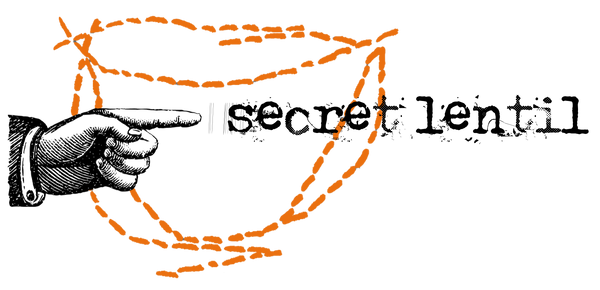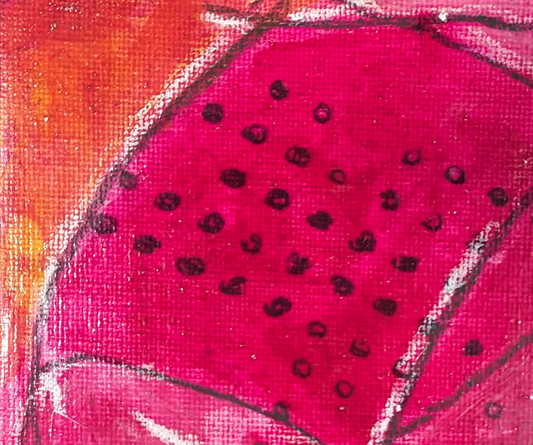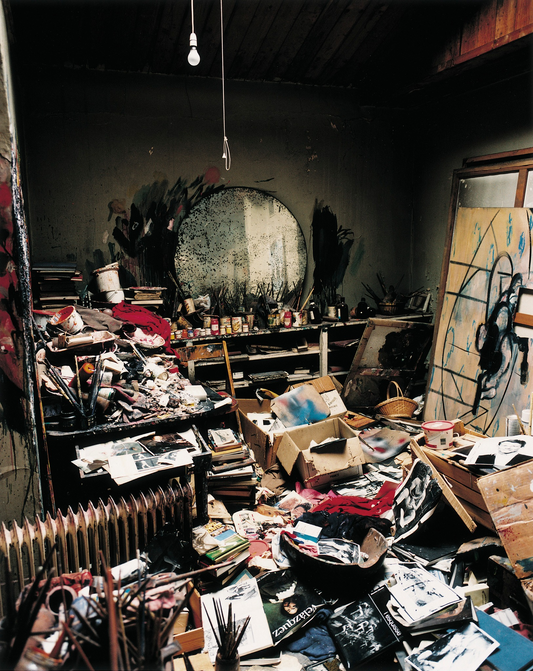artifacting: the creation of artifacts.


Artifact. Artifacting. Artifacted. I remain interested in the creation of artifacts. We are drawn to objects with provenance, with history, drawn to things that show use, wear and repair. We want to see where others' hands have worked, want to place ourselves in relation to those hands, want to be a part of the world of making, unmaking and remaking. To be part of that is to enter the flow of time, without resistance.
The dark underbelly of this is that authentic provenance is often attached to authentic suffering: to people who lived and died so close to the ground that mending and reuse were linked to literal survival. I don't know how to reconcile our desire for such an aesthetic with our dark human desire (think diamonds and gold) to thrive on the fruits of the suffering of Others. I've spent my adult life, mostly in undramatic ways, trying to build a life of right action and connection that avoids as much of that as possible. A life I feel okay about. I'm not able to be heroic about it. I just do my best.

That's what has been milling about in my mind as I consider what to call this work. And that's why I settled on my own word instead of anything connected to other peoples' histories, struggles or traditions: I'm calling it artifacting. The creation of artifacts. I may have offended some people with my radical verb-making, but I'll take my chances with that crowd. 

I assert that our desire for a decayed/repaired aesthetic still has intrinsic beauty, appeal and meaning without an attachment to suffering and ruthless consumption. So yes, artifacting is a conceit but it's an authentic conceit. It's my beauty, produced from my hands, to be delivered to you for your participation in the good, big flow of life.



